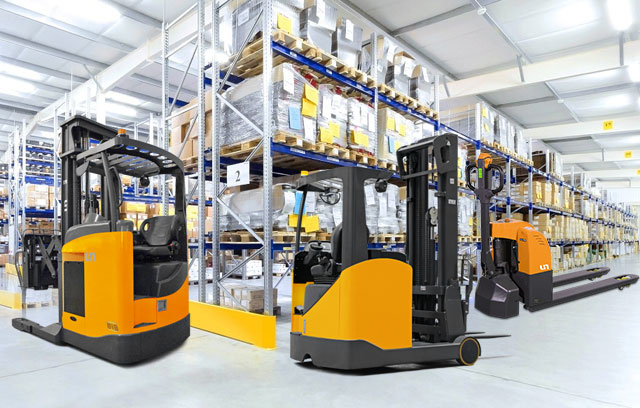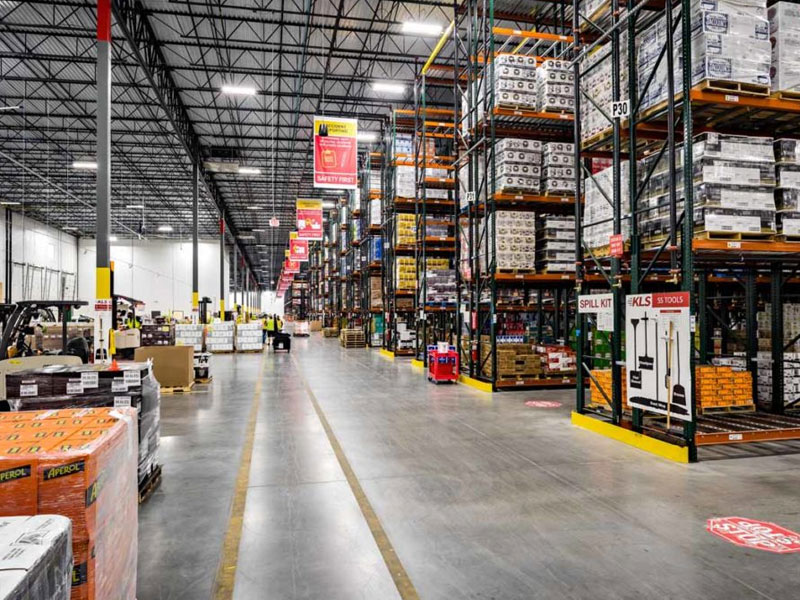1. Maintenance
A Li-ion battery does not require daily maintenance. Lead-acid batteries need to be watered, cleaned after occasional acid spills, and equalized (applying special charging mode to equalize cells charge) regularly. Labor and external service costs tend to increase as lead-acid power units age, resulting in decreasing uptime and contributing to constantly increasing operational costs.
2. Battery acquisition price vs total cost of ownership
The purchase price of a lead-acid power unit plus charger is lower than a lithium package. However, when switching to lithium you need to take into account the greater uptime provided by single battery operation and the flexible opportunity charging schedule, the 3-fold increase in the battery’s useful life, and lower maintenance costs.
Calculations clearly demonstrate that a lithium-ion battery saves up to 40% in 2–4 years on the total cost of ownership compared to a lead-acid battery.
Among lithium batteries, the LFP lithium battery type is a more economical and efficient choice than NMC lithium batteries.
In most cases, it makes economic sense to switch to Li-ion, even if you operate a small fleet or a single forklift.
3. How often do you buy new batteries for your forklifts?
Lithium batteries have a longer lifespan than any lead-acid power pack. Lead-acid batteries lifespan is 1000–1500 cycles or less. Lithium-ion lasts at least 3,000 plus cycles depending on the application.
TPPL lead-acid batteries have a longer lifespan than conventional liquid-filled or sealed AGM batteries, but they can't even come close to a lithium-ion technology in this aspect.
Within lithium, LFP batteries demonstrate a longer cycle life than NMC.
4. Battery chargers
Compact Li-ion forklift battery chargers can be conveniently located around the facility for opportunity charging during breaks and lunches.
Lead-acid batteries require massive charging stations and need to be charged in a ventilated charging room to avoid risks of contamination associated with acid spills and fumes during charging. Eliminating a dedicated battery room and bringing back this space to profitable use usually make a big difference for the bottom line.











 中文简体
中文简体 عربى
عربى Español
Español














